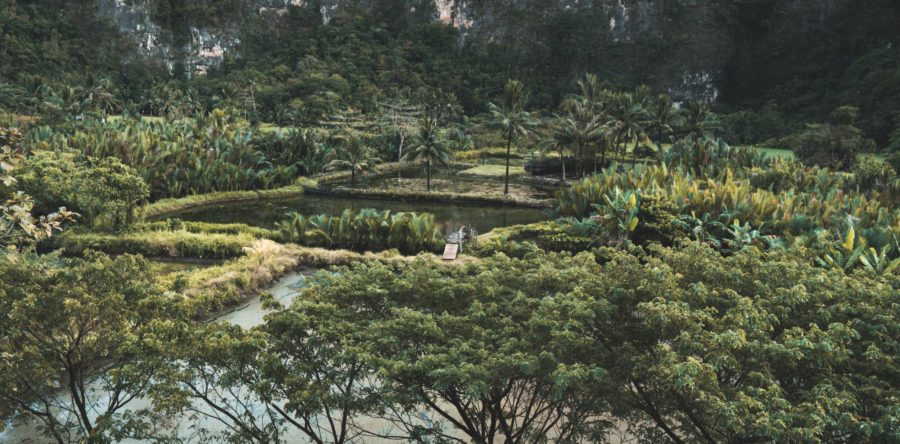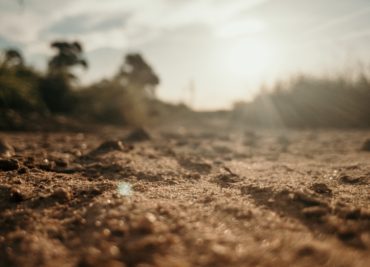Subterranean systems and aquifers are functional units of karst, constituting habitat units for the aquatic fauna. These are open systems, under the influence of external factors controlling the internal processes. Major well-studied Brazilian karst areas, situated in diverse biosphere reserves, are briefly described with focus on total diversity (troglobites + troglophiles + trogloxenes) and diversity of troglobites, encompassing taxonomic, phylogenetic and genetic/morphological diversity. Different combinations of evolutionary and ecological processes are observed, producing unique diversity patterns. Consequently, the recognition of the importance of karst areas and their priority for conservation and management must be based on multiple criteria applied in a case-by-case analysis. Good practices for conservation and management of subterranean waters start with studies based on robust, scientifically sound criteria. The focus must be the subterranean systems, not caves per se, including the influence areas (recharge areas, the areas receiving their output, etc.), and results must be tested for sampling sufficiency. Biosphere reserves are a first step to ensure protection of subterranean waters and their ecosystems. At regional/local scale, their insertion in Conservation Units is an efficient tool for preservation if properly designed and managed.
Trajano, E. 2023




